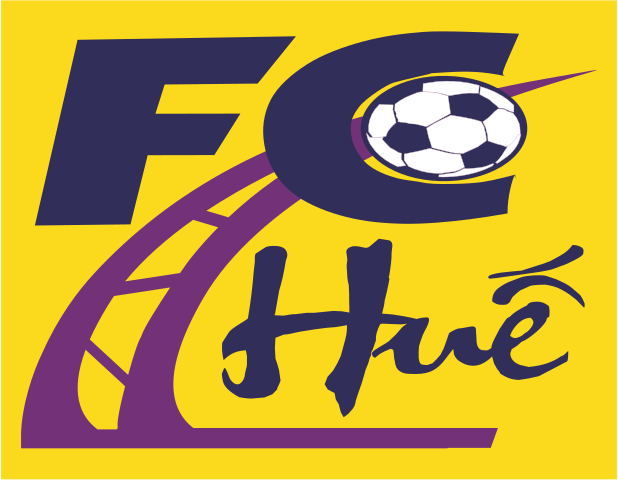The distribution of the global Translation Service Market Share presents a fascinating paradox that is a defining characteristic of the industry. On one hand, the market is incredibly fragmented. It is comprised of tens of thousands of small and mid-sized translation agencies and hundreds of thousands of individual freelance translators. The "long tail" of the market is massive, and no single company holds anything close to a majority market share. This fragmentation is a result of the low barriers to entry for starting a small agency and the highly specialized, relationship-driven nature of much of the work. For a huge portion of the market, translation services are bought and sold through a vast, decentralized network of small businesses and individual professionals. From this perspective, the market appears to be the opposite of consolidated.
However, a closer look at the top end of the market reveals a very different story. The market share for large, enterprise-level globalization contracts is highly consolidated and is becoming more so every year. A small group of massive, global Language Service Providers (LSPs)—often referred to as "super-agencies"—commands a disproportionate and growing share of the total industry revenue. Companies like RWS, TransPerfect, and Lionbridge have, through a long and aggressive strategy of mergers and acquisitions, achieved a scale that is orders of magnitude larger than their nearest competitors. They are the only players with the global footprint, the technological infrastructure, and the comprehensive service portfolio to be able to serve as the single, strategic globalization partner for a Fortune 500 company. As large corporations increasingly seek to consolidate their localization spending with a smaller number of global vendors, the market share of these super-agencies is steadily increasing. The top 100 LSPs now account for a significant and growing percentage of the total market.
This bifurcated market share structure—highly consolidated at the top and highly fragmented at the bottom—is a direct result of the industry's M&A-driven evolution. The major LSPs have been built by systematically "rolling up" hundreds of smaller and mid-sized agencies over the past two decades. This has allowed them to achieve global scale and to build a dominant position in the high-value enterprise segment of the market. This creates a dynamic where the major LSPs are constantly competing with each other for the largest enterprise contracts, while the thousands of smaller agencies are competing with each other for the mid-market and for specialized niche work. The market share story is therefore not a single narrative, but two parallel stories: one of increasing consolidation and platform dominance at the top, and one of enduring fragmentation and specialization in the rest of the market. The Translation Service Market size is projected to grow to USD 55.6 Billion by 2035, exhibiting a CAGR of 2.30% during the forecast period 2025-2035.
Top Trending Reports -



